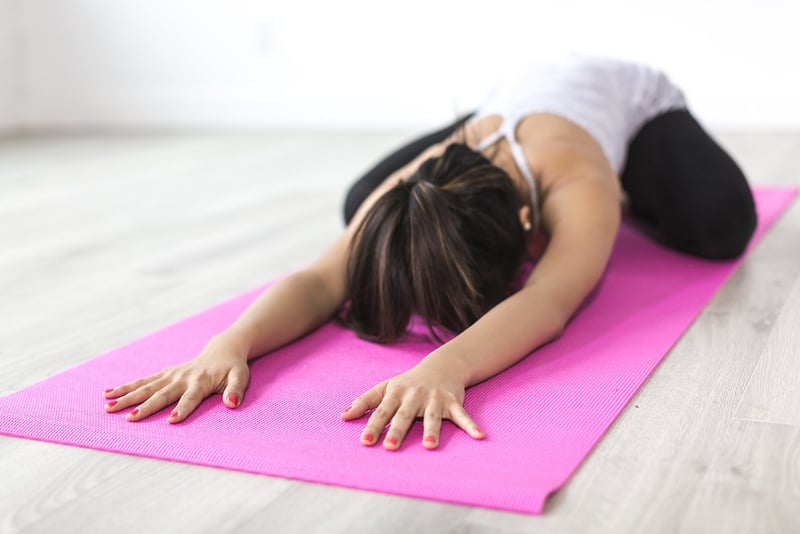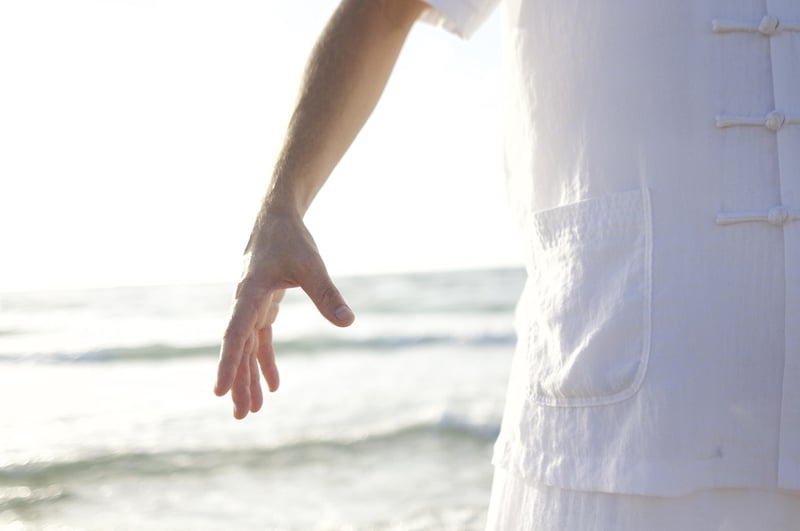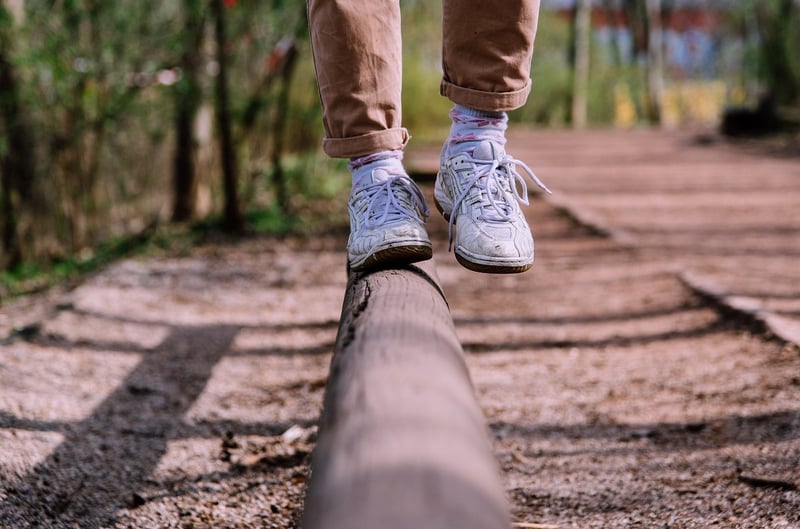Balance Practice
The Art of Fluid and Slow Martial Arts: Balancing Mind and Body
When one thinks of martial arts, images of fast-paced, high-energy movements often come to mind. However, there is a lesser-known side to martial arts that focuses on fluidity, grace, and slow, deliberate movements. This style of martial arts not only hones physical strength and flexibility but also emphasizes mental focus and balance. In this article, we delve into the world of fluid and slow martial arts and explore how they can help practitioners achieve a harmonious balance of mind and body.
The Philosophy Behind Fluid and Slow Martial Arts
Unlike their more aggressive counterparts, fluid and slow martial arts place a strong emphasis on control, precision, and mindfulness. Practitioners aim to move with grace and fluidity, channeling their inner strength in a calm and deliberate manner. This style of martial arts is rooted in ancient traditions and often draws inspiration from nature, mimicking the movements of animals or the flow of water.
Benefits of Practicing Fluid and Slow Martial Arts
1. Improved Balance: By focusing on slow and controlled movements, practitioners develop a heightened sense of balance and stability. This not only benefits their physical coordination but also fosters mental equilibrium.
2. Enhanced Flexibility: The fluid motions in slow martial arts help improve flexibility and joint mobility, leading to better overall physical health and reduced risk of injuries.
3. Stress Relief: The meditative aspect of slow martial arts can provide a sense of calm and relaxation, helping practitioners manage stress and improve their mental well-being.
Popular Forms of Fluid and Slow Martial Arts
Some well-known martial arts that emphasize fluid and slow movements include:
- Tai Chi
- Qigong
- Aikido
- Baguazhang
- Hapkido
Balance Practice in Fluid and Slow Martial Arts
Balance is a fundamental aspect of fluid and slow martial arts. Practitioners engage in specific exercises and techniques to improve their balance both physically and mentally. These may include standing meditation, weight-shifting drills, and slow-motion forms that challenge the practitioner's stability and focus.
By incorporating balance practice into their training regimen, martial artists can cultivate a strong foundation of stability, poise, and centeredness. This not only enhances their martial arts skills but also carries over into their daily lives, promoting better posture, coordination, and mental clarity.
Conclusion
Fluid and slow martial arts offer a unique approach to physical fitness, mental well-being, and self-discovery. By embracing the principles of control, grace, and balance, practitioners can unlock a deeper connection between their mind and body, leading to holistic growth and harmony.
Whether you are a seasoned martial artist looking to explore a new style or a beginner seeking a gentle yet profound way to improve your well-being, consider delving into the world of fluid and slow martial arts. The journey may not always be fast-paced, but the rewards of enhanced balance and inner peace are truly invaluable.


